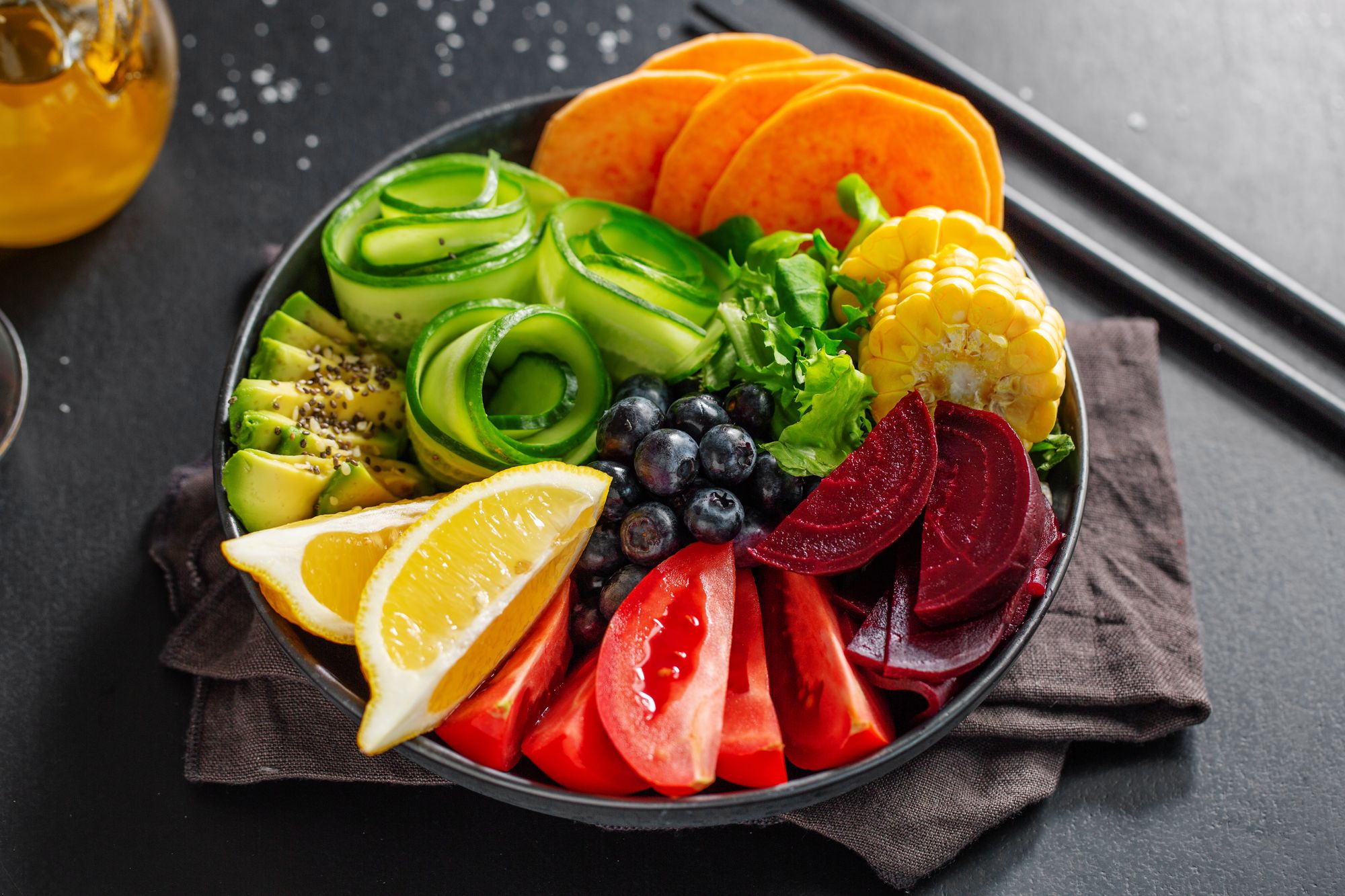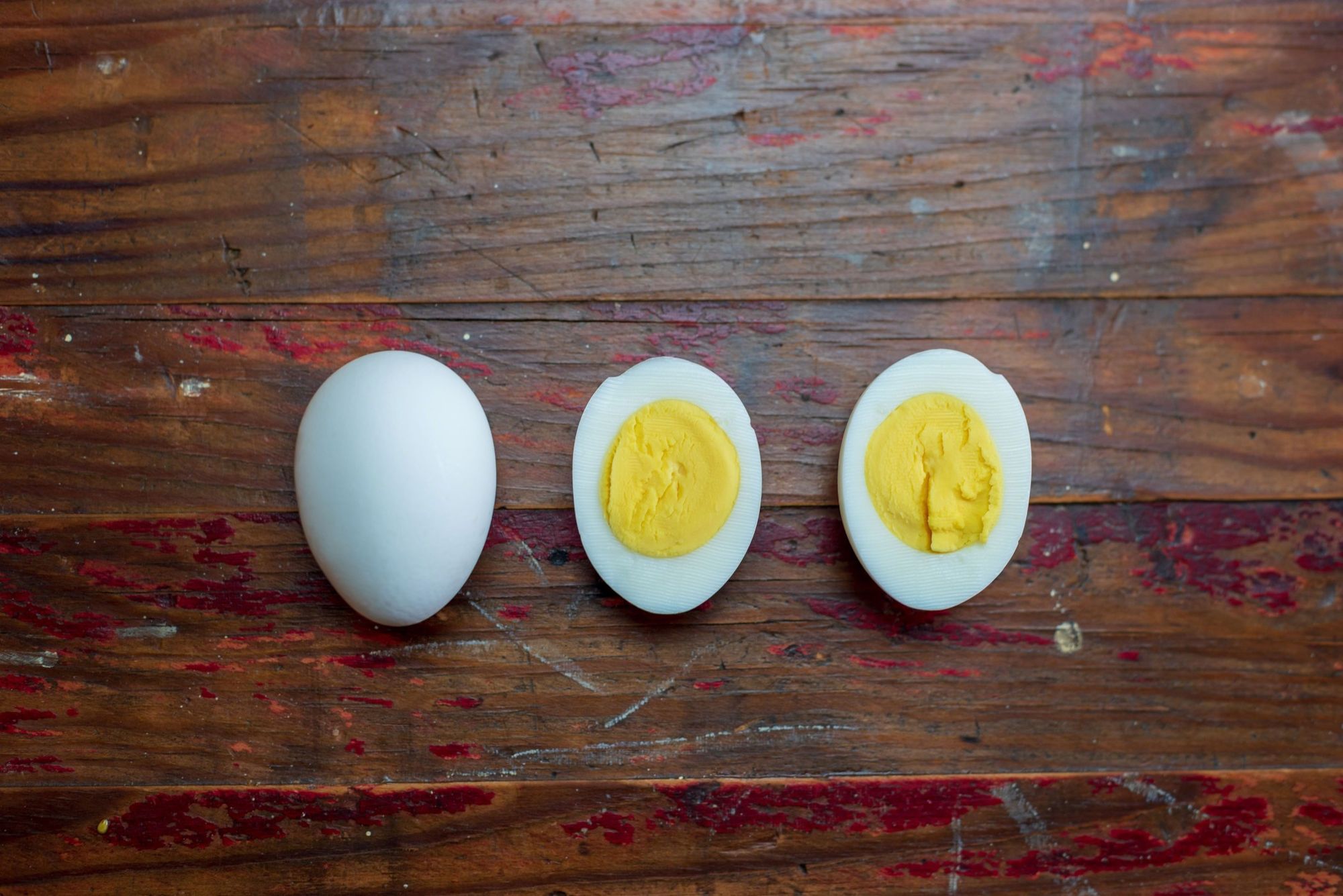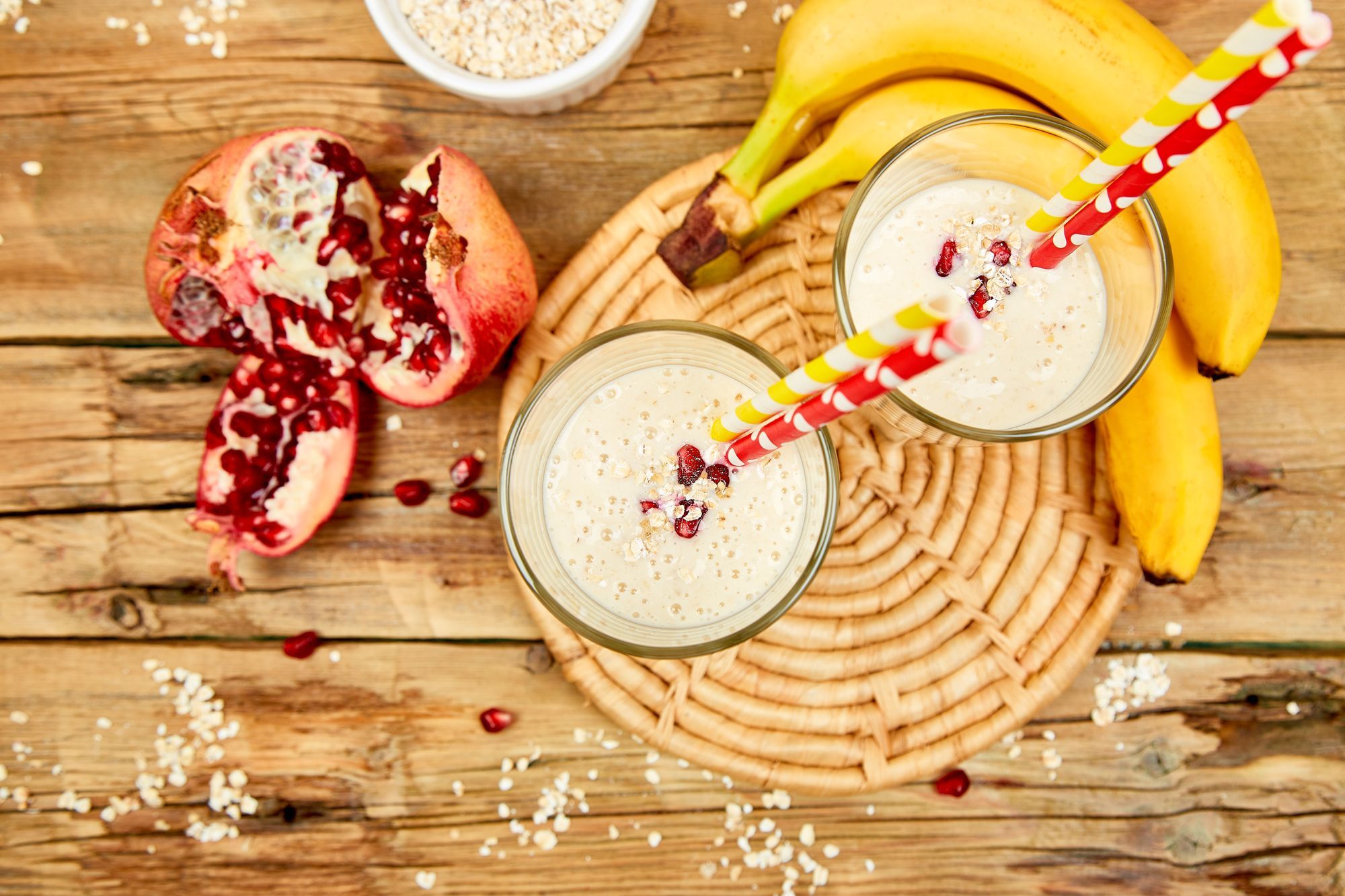How To Turn “Skinny Fat” Into “Happy, Healthy, and Fit”
Unhappy with your "skinny fat" body type? You can change things. Find out how in this article (we cover nutrition, fitness, and lifestyle tips!)

People commonly describe you as "skinny", but you wouldn't necessarily use the same descriptor on yourself. You're at a healthy weight by BMI standards, but you're still dissatisfied with your body 🫠
You'd like things to be a little tighter … well, everywhere—your arms, belly, thighs, etc.
Is that you? If so, this article was written specifically with you in mind. Find out how you could add firmness, shape, and tone to your body so you ditch the "skinny fat" body type once and for all.
An important disclaimer: we don’t condone body shaming.
All bodies are beautiful. If you're happy with your body, we're glad for you.
At the same time, though, we believe there's nothing wrong with trying to improve how your body looks and feels—provided you do it in a healthy, sustainable way.
Body acceptance, positivity, neutrality, and body improvement don't have to be mutually exclusive concepts. Alright. With that out of the way, we shall proceed.
What does “skinny fat” mean?
Despite sounding like a term coined by gossipy ladies found at your neighborhood Starbucks (post-yoga sessions), “skinny fat” has its roots in the medical literature, where it’s known as “normal weight obesity”.
According to doctors and health experts, an individual is considered “skinny fat” when they have a:
2️⃣ High body fat mass
Need a refresher course on BMI values? We got you.
A BMI below 18.5 is considered “underweight”, 18.4 to 25 is “normal”, and 25 to 30 is considered “overweight”.
While BMI cut-off points are clearly defined (note: BMI has its fallibility, but that’s a topic for another time), the same doesn’t apply to body fat mass. In other words: the jury is still out on what percentage of body fat counts as obese in someone with a “normal” weight.
That said, a 2000 study published in The American Journal of Clinical Nutrition may give you a good sense of where you stand in terms of body fat percentage. For individuals aged:
- 20 to 39: Women should aim for 21% to 32% of body fat. Men should have 8% to 19%.
- 40 to 59: Women should fall between 23% to 33%, and men should fall around 11% to 21%.
- 60 to 79: Women should have 24% to 35% body fat, and men should have 13% to 24%.
Health risks associated with being skinny fat
You may wish to improve your body for aesthetic reasons. That’s great. But there’s also a bonus of sorts to the process: better health. That’s because being “skinny fat” increases your risk for various chronic conditions, including:
- Heart disease
- Diabetes
- High blood pressure
- Metabolic syndrome
What to do if you’re skinny fat
Great, so we've learned two things. First, you're "skinny fat" if you belong in the "normal" weight category by BMI standards. And second, improving your body's appearance could also help you become healthier.
Where do we go from here? Well, easy: by covering the steps you need to take to transform how your body looks AND feels.
#1: Eat a high-protein, calorie-wise diet
You already belong to the “normal” weight category by BMI standards (yay!).
That means you’re doing a great job with your calorie intake. The only adjustment you’ll need to do is to tweak your food choices and, in turn, macronutrient split. Focus on:
- Minimally processed, nutritionally dense foods: Think fresh foods instead of packaged foods. Cook whenever possible (psst: feel free to check out our past articles on meal prep ideas below for inspiration). Also, choose “healthier options” if you eat out.


- Hitting your daily protein intake requirement: Never paid attention to your protein intake? Start now. Eating more protein (anywhere between 1.6 to 2.2 grams per kilogram of body weight) will be one of the keys to transforming your body. That's because protein gives your body the building blocks it needs to build muscle—the thing that gives your body tightness, firmness, and shape (in all the right places).
When increasing your protein intake, going from zero to a hundred can be exceedingly challenging. The following articles outline valuable tips and tricks that may ease your transition.



#2: Exercise (strength train AND cardio)
Alright, so we kindaaaaaa left something out in the first part. Your body isn’t going to randomly decide, “Hey, let’s start building muscle now that we have all these amino acids lying around!”
Nope. Not at all. Instead, you’re going to have to provide some form of stimulus. What kind of stimulus? Resistance training.
When you lift weights, your muscles sustain microtears. These act as a signal to your body that it needs to get to work repairing and rebuilding—and that’s pretty much how you end up with bigger, stronger muscles.
Is going to the gym all you need to do? Answer: no.
Don’t forget about your cardio, too. Adding those cardio sessions in (note: it doesn’t have to be anything vigorous, even walking could be good enough) could help you maintain a slight calorie deficit, enabling you to shred that extra fat.
Worried about cardio and strength training interference? Find out how to prevent that here:

#3: Nail the other basics
Eating well and exercising are two crucial aspects of transforming a skinny fat body into a healthier, fitter one—but they're not the only ones you should account for.
You should also:
- Get adequate sleep nightly
- Take time to rest and recover between training sessions
- Find ways to reduce and/or manage your stress
- Stay hydrated
The most important thing? Be patient and stay the course.
As cliché as it sounds, Rome wasn't built in a day. So don't expect your body to suddenly look better overnight after a day of eating well and exercising. Or even a week. Or a month. Sometimes, it may take you several months before you notice results.
But keep grinding. Stay on track. Trust the process.
Related reading:

And if you need help staying accountable, well, why not check out GymStreak? This smart AI planner allows you to keep track of all your workouts at-a-glance so you stay motivated to keep going. BTW: it helps you plan your training sessions, too.
A snippet of what you can expect from the app:
Get The Accountability And Motivation You Need.
We do the work for you, so all you need to do is show up at the gym—and give your best.
References
Ding, C., Chan, Z., & Magkos, F. (2016). Lean, but not healthy: The “metabolically obese, normal-weight” phenotype. Current Opinion in Clinical Nutrition and Metabolic Care, 19(6), 408–417. https://doi.org/10.1097/MCO.0000000000000317
Gallagher, D., Heymsfield, S. B., Heo, M., Jebb, S. A., Murgatroyd, P. R., & Sakamoto, Y. (2000). Healthy percentage body fat ranges: An approach for developing guidelines based on body mass index. The American Journal of Clinical Nutrition, 72(3), 694–701. https://doi.org/10.1093/ajcn/72.3.694
Oliveros, E., Somers, V. K., Sochor, O., Goel, K., & Lopez-Jimenez, F. (2014). The concept of normal weight obesity. Progress in Cardiovascular Diseases, 56(4), 426–433. https://doi.org/10.1016/j.pcad.2013.10.003
Weir, C. B., & Jan, A. (2022). BMI Classification Percentile And Cut Off Points. In StatPearls. StatPearls Publishing. http://www.ncbi.nlm.nih.gov/books/NBK541070/


